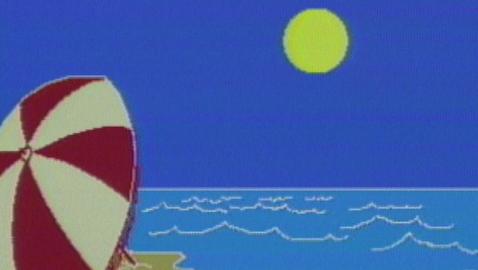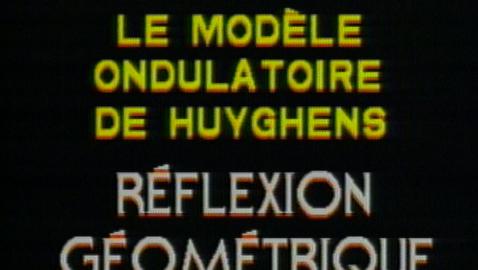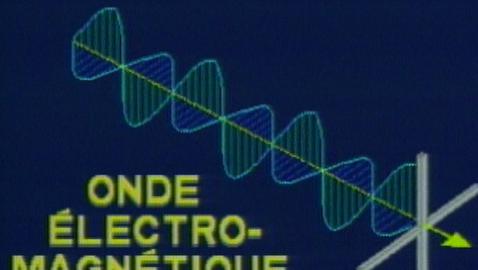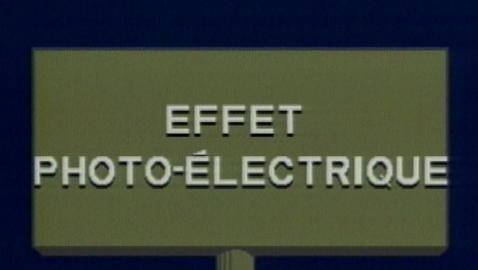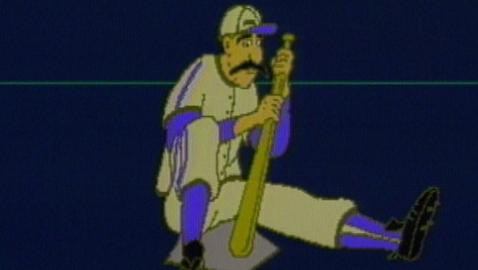Series
La dualité onde-corpuscule
6 episodes
This series reviews the history of the various theories relating to the nature of light. Several scientists, including Isaac Newton, Jean Foucault, Max Planck, Albert Einstein and Louis de Broglie, have gradually succeeded in explaining the complex phenomenon of light propagation, which is a result of both wave motion and particle…
Watch
Share
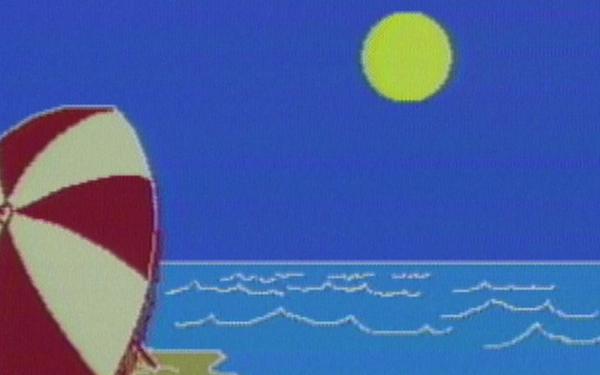
Subjects:
Skills:
French level:
